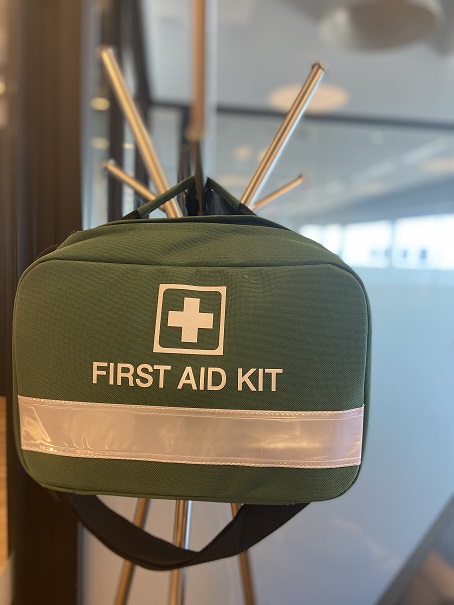

Hit the ground running with all our Incident Report form templates and registries or create / load up your own
Mobile Incident Reports so that staff can access and report from the field / while on site from their phone or tablet
Using our incident report form builder, you can create any type of report form and generate a matching registry. Enable your staff to record incidents in the field and from their phones or tablets replacing traditional paper based or draconian style processes. Get Started for Free